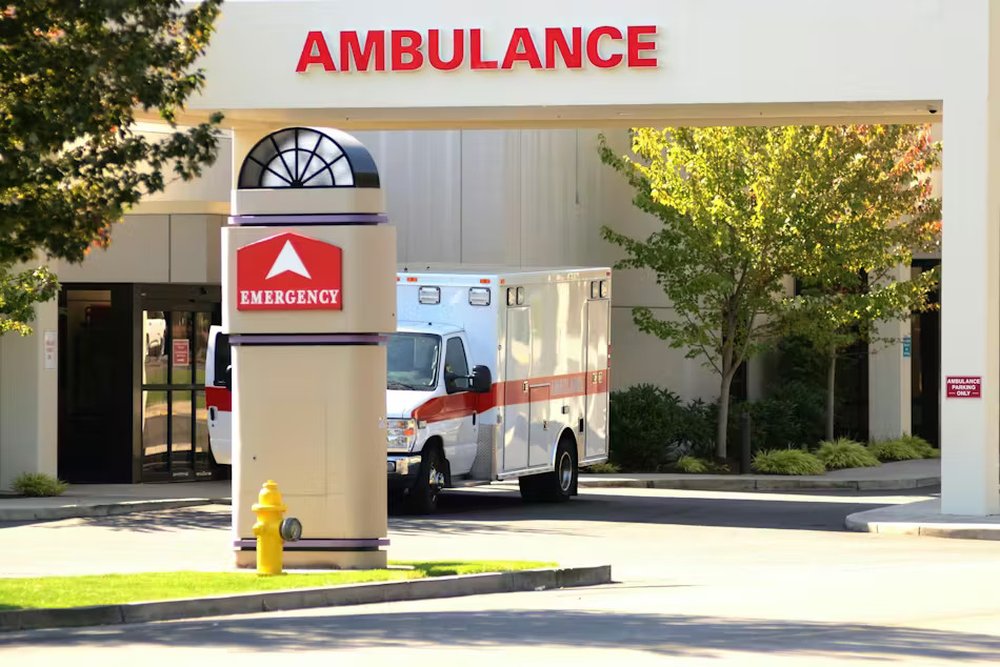K-12 Secure Lobby & Visitor Management
June 1, 2023
The Client: A large school district in Western North Carolina acknowledged that increased incidents of violence and shootings on K-12 campuses required them to evaluate and upgrade their security program. Leadership has little experience with purchasing security services and hired BPS as a consultant to advise them in every step of the process from creating an RFP, through the bidding process, execution and evaluation of the project across the district’s facilities.
The Problem
Securing the main lobby of K-12 campuses to protect students, employees and visitors while maintaining a welcoming atmosphere. This document is intended to highlight some of the fundamental and sometimes overlooked elements in designing a more secure K-12 lobby. Note that any renovation to a facility should be supported by a physical security risk assessment at the programming or earliest possible stage of design.
Performance Objectives:
Deny access to unauthorized persons from entering the school undetected and maintain a record of those entering the building.
Provide the most secure means to screen visitors prior to entry into the secured space where students have unrestricted access.
Screening should include both audio and visual access. Visual can occur with direct line of site, IP video or video intercom.
Controllable from a remote location such as administrative office or school security designee
Deny a brute force attack via the glazing associated with the main entrance. Note that this is not intended to resist a ballistic attack but rather protect the glass from being shattered to delay entry allowing the SRO or outside law enforcement agencies time to respond to the lobby.
A Clearly marked designated entrance to which all visitors must report.
Renovation & Design Considerations
Perimeter doors should always remain locked when not supervised by a District employee or designated resource.
At least one door should be equipped with electrified locking for remote release from the authorizing party.
Staff entrances should be separate from visitor entrances to reduce the risk of unauthorized entry via piggybacking or tailgating.
Lobbies would ideally have two barrier layers. One opening at each layer should have electrified locking for remote release from the authorizing party. When the visitor needs to enter the office for registration, the second layer of electrified locking shall be in the office.
Security screening should ideally occur without having to admit the visitor to the main office and between the outer layer and the inner layer or at the outer barrier under an overhang.
Solutions
Preventing a brute force attack
The main entrance assembly (glazing, frame,& door) should be force entry resistant, with a forced entry time rating based on SRO and local law enforcement response timing. Schools should consider using security film, such as School Guard Glass or equivalent (https://schoolguardglass.com/resources/). This mitigation may be applied at either the outside or inside access control barrier depending on the set up and the number of barrier layers.
For schools with one access layer, the mitigation should be applied at the outer layer.
For schools with a vestibule and a secure means to interact with visitors prior to admitting to student-only areas, the mitigation can be applied at the interior layer.
If the visitor is admitted to the office for screening and registration, an additional mitigation layer should be applied between the office and the student only area.
Visitor Registration
The design should compel visitors to pass directly to a Layer 1 registration area, the primary control point between the main entrance and all other areas of the school. Here visitors can show ID and pass papers through a drawer if needed. This could be an entrance vestibule, the administration office area, or an entry kiosk in a controlled area. If a visitor needs further access, they move to layer 2, where they can wait for an escort or pass larger objects to the receptionist before entering Layer 3, with full access to students and faculty.
Miscellaneous Considerations
Signage should direct visitors to authorized visitor entry points.
Limit visual sight lines into cafeterias, classrooms, or auditoriums from the entry vestibule
New Construction – avoid co-locating large congregations of students in the sight lines of the entry vestibule.
door hardware is not vulnerable to being locked down (inside / outside) by an adversary trying to delay law enforcement response.
If locks are set to automatically unlock and relock on a prescribed time schedule, they must adhere to District protocols relating to irregular days the school may be closed.
Benefits
Secure lobby with multiple layers between visitors, students, and staff
Efficient means to screen, register and track visitors to the campus
One controlled entry point to deter aggressors and limited access
Cost can be phased in to address the highest risks first while funds are raised through grants and budget requests.


